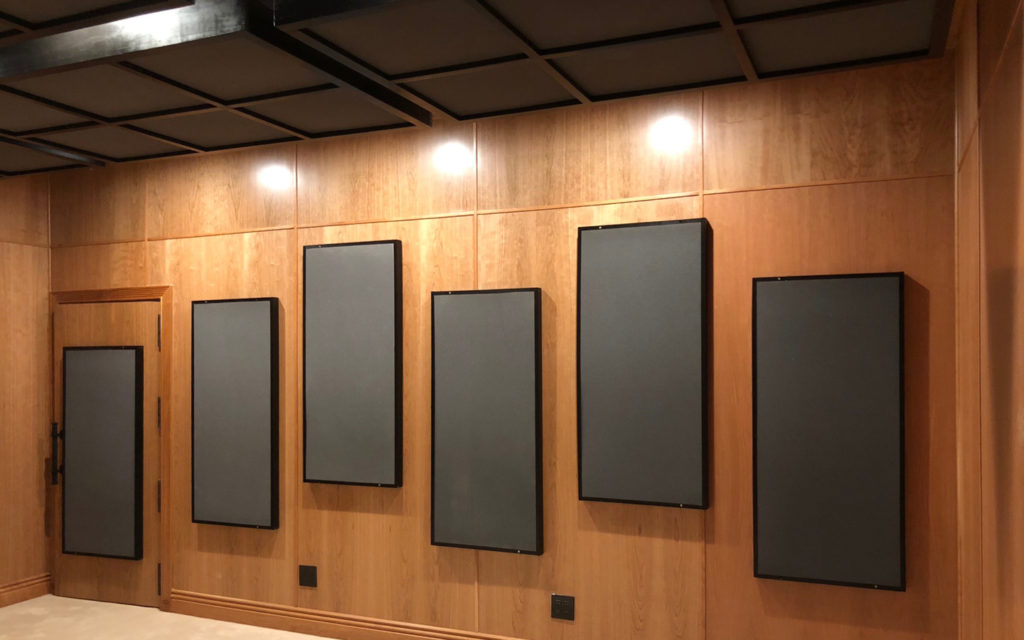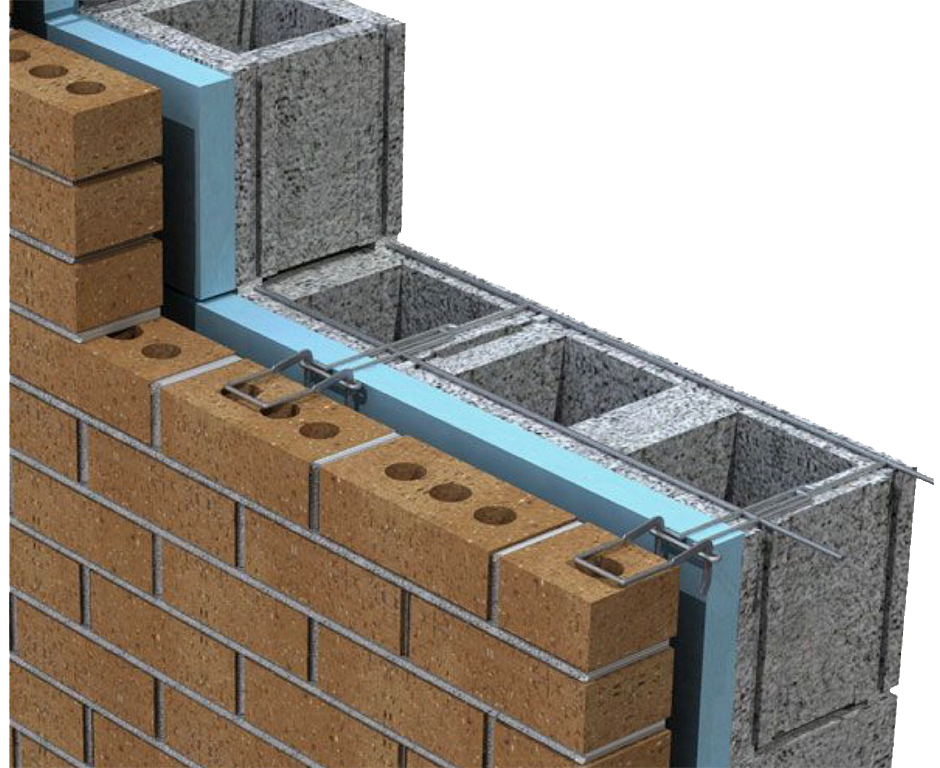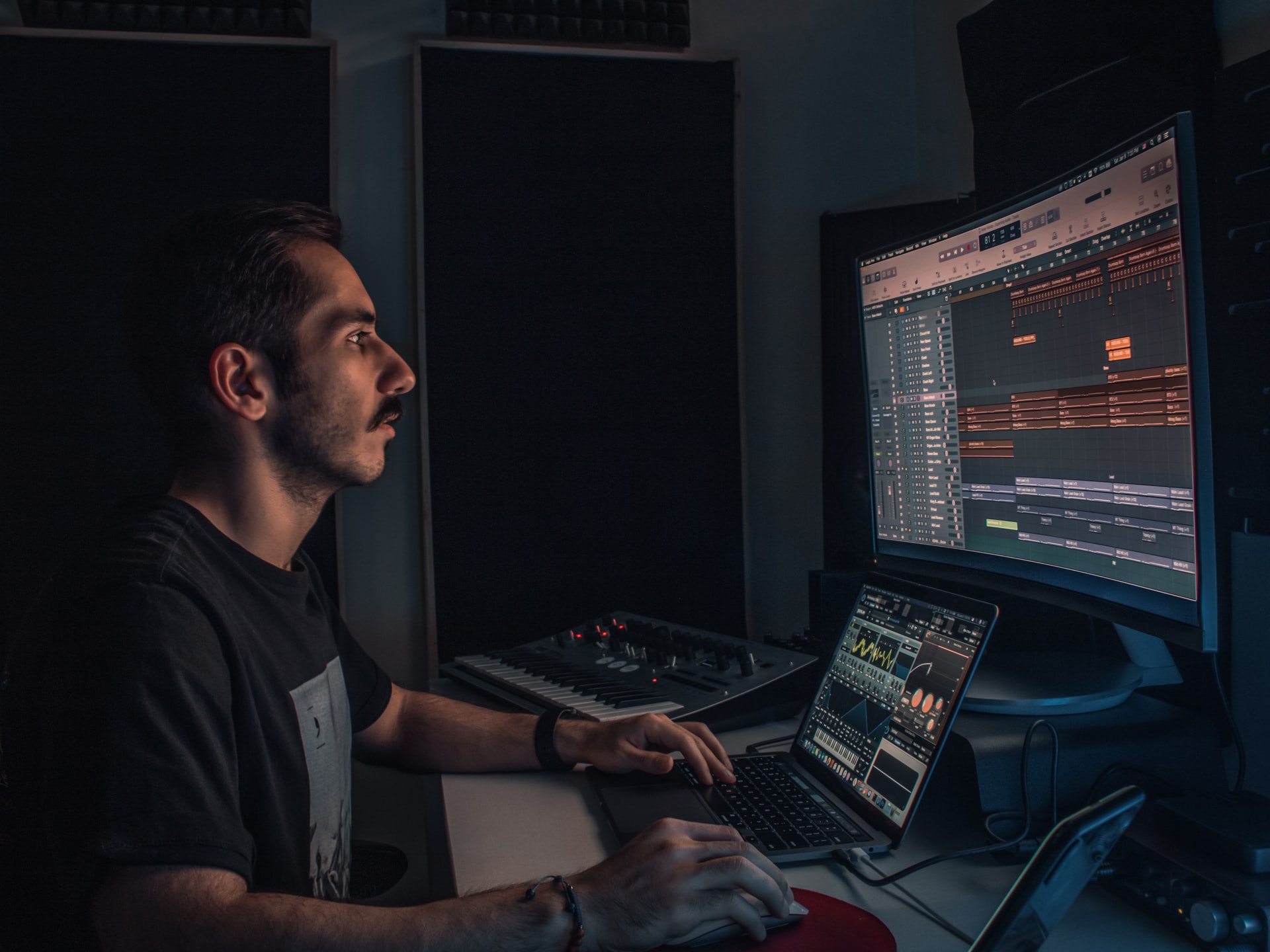There is no such thing as studio foam soundproofing. The word soundproofing does not apply to open celled acoustic foam which is used within a room to absorb middle and high frequency energy. The term “soundproofing” is another example of what is a plethora of confusion around acoustical terms. The term soundproofing does not apply to anything regarding noise since with noise nothing is “proofed”. Noise is managed not proofed. There are no absolutes when it comes to noise. Noise consists of many frequencies and amplitudes. You must manage each frequency and the strength of each frequency. There are materials that can be used to produce the proper barrier with noise. It is barrier technology, placing a barrier between you, the receiver and the source of the noise. The barrier technology is designed to specifically deal with the noise issues that you have measured. Noise issues must be measured first and foremost before any barrier is constructed. Guessing with noise is a fool’s game. Most will guess wrong, build the barrier they think will work and be disappointed with the results. The fix is to tear down what you have built and start the process again.
Acoustic Transmission: https://en.wikipedia.org/wiki/Acoustic_transmission
When you see the term studio pro soundproofing you know many things. First, you know that the person using this term is confused about what the issues actually are. There are two types of issues going on with any structure. There is noise transmission which is energy leaving our rooms and energy entering our rooms. The proper term for this is noise transmission. Noise is transmitting from a source outside of your room and then going through the walls of the room and disturbing the occupants. The reverse can be true. The noise you are producing inside the room can leave your room and disturb others in surrounding rooms. The act of the noise sources moving from room to room is called noise transmission. This is where the term soundproofing is used. People believe that you can “proof” noise or stop it from entering your room with foam.This is where we get searches such as studio foam soundproofing.
Definition Soundproofing: https://www.acousticfields.com/definition-of-soundproofing/

Inside our rooms we have energy that can leave our rooms and disturb others. We also have energy that can enter our rooms and disturb us. A good example is the morning garbage truck with its low frequency rumble waking us early in the morning. Another type of energy we have within our rooms is energy that is too large for our rooms and produces distortion inside our rooms. This inside the room energy is produced by speaking, playing a sound system, playing an instrument and a host of other ways to generate sound. This inside the room energy needs to be managed so one can use the room for whatever purpose you desire. This is the place where open celled acoustic foam can be used to absorb excess sound energy. One can see the conflict in using the term studio pro soundproofing when it comes to managing noise from outside your room and managing noise inside your room. Both are completely different physics that require different material types and the application of those material types.
Studio Pro Foam: https://www.acousticfields.com/product/acoustic-foam/
The energy within our rooms is where the incorrect term studio foam soundproofing is applied. Energy within our rooms is absorbed or diffused. You can absorb excess energy or you can diffuse or spread that energy out within a room. Diffusion is a technology that makes a small room sound larger. Energy within our rooms is composed of low, middle, and high frequencies. Low frequency energy is the energy that is created by garbage trucks, live bands, and any source that is full range. Middle and high frequencies will be composed of voice and music.We can absorb middle and high frequency energy with open cell acoustic foam. Low frequency energy requires a different technology than middle and high frequencies. Low frequency energy is long waves of energy that requires a certain absorption technology type. The term studio foam soundproofing is applied to absorbing energy within the room itself. It can not be used as a term to restrict sound from entering or leaving your room.
Soundbarrier: https://www.merriam-webster.com/dictionary/sound%20barrier

To keep sound from leaving and entering your room, you must first measure the noise issue you are fighting against. You must quantify and qualify the noise you are trying to keep from entering or leaving your room. You must measure the noise that you need to stop over a seven day time period. The mapping of the noise is critical.We must figure out what days the noise amplitude or strength is the greatest. We must design the barrier technology based upon the maximum strength of the noise on whatever day it occurs. If we design and build for the maximum strength of the noise on certain days, we have taken the other day noise strengths into consideration and the minimums will not be an issue. Once we have a noise picture of what is going on through the week, we can then design the proper barrier technology to stop all the noise on whatever day it occurs.
About Us At Acoustic Fields: https://www.acousticfields.com/about/







